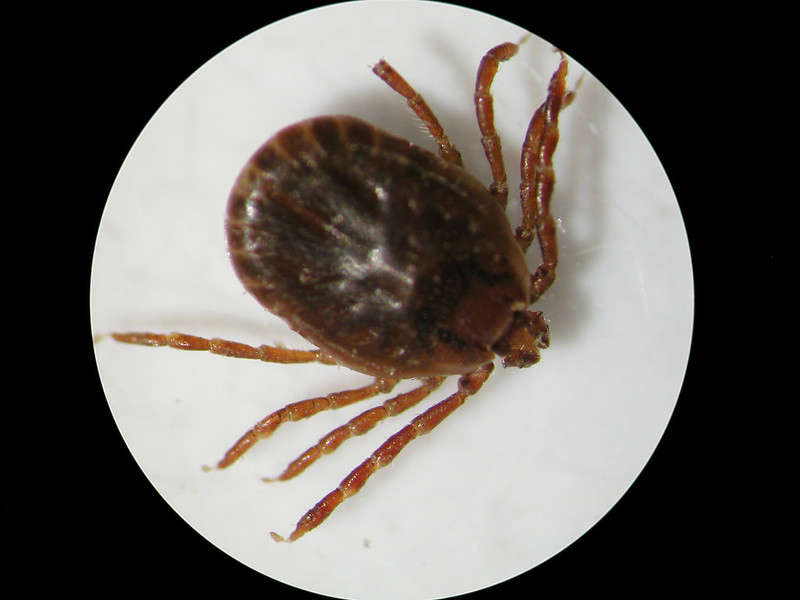
Boone County becomes the fourth in Arkansas to have a confirmed report of an invasive tick.
The full release below is from the University of Arkansas Division of Agriculture:
A tick found in a Boone County cattle herd has been confirmed as the invasive Asian longhorned tick, known for carrying a parasite that can be deadly to cattle.
The Asian longhorned tick, also known as bush, cattle or scrub tick, was first found in Arkansas in 2018 on a dog in Benton County. The tick can kill its host by swarming the animal but can also transmit a protozoan parasite called Theileria orientalis. One Theileria genotype, Ikdea, can impact cattle by attacking blood cells.
Since its arrival in Arkansas, the Asian longhorned tick has been confirmed in Benton, Independence and Washington counties with Boone County added last month.
Three researchers with the University of Arkansas System Division of Agriculture are collecting ticks as part of a broad surveillance project. They include extension entomologist Kelly Loftin; veterinarian and animal science professor Jeremy Powell; and assistant professor of entomology Emily McDermott. The team aims to evaluate the prevalence of Asian longhorned ticks in Arkansas, determine whether Theileria orientalis is present in the tick population and evaluate host preference.
“Surveillance efforts in 2024 began in April and we’ve seen a significant increase in the Asian longhorned tick population from both on-animal and environmental tick collections,” Loftin said. “In our 2023 collection efforts we found eight to 10 ticks at our site in Batesville and this year we found over 200. That site in Batesville has the most dramatic increase I’ve seen.”
In addition to the spread of the tick, more confirmed cases of Theileria orientalis have recently been confirmed in Arkansas cattle with Boone and Searcy counties reporting cases.
“Arkansas producers should be aware of the risk of Theileria infection in their cattle herd, but not alarmed,” said Maggie Justice, beef cattle extension specialist for the Division of Agriculture. “Understanding how the disease spreads and the best methods of prevention are important in helping herds, so it’s important producers utilize resources and knowledge available through their veterinarians and local county extension agents.”
Justice said cattle that are infected may look like those that have been impacted by anaplasmosis, a tick-borne disease common in Arkansas. She added that signs of sickness can make the animal appear weak and “off” with an abnormal attitude, not eating and decreasing gains.
The Division of Agriculture, the Arkansas Department of Agriculture and the Arkansas Cattlemen’s Association are partnering to host a webinar to discuss how to look for the Asian longhorned tick, signs of Theileria orientalis infection, prevention methods and more.
The webinar will be at 6 p.m. on July 11 and is free to attend. Those interested can register online.






 Snow Chances Increase Thursday Night into Friday
Snow Chances Increase Thursday Night into Friday
 Milton: Meeting to Update Downtown Improvement Project
Milton: Meeting to Update Downtown Improvement Project
 Branson School Superintendent Brad Swofford Announces Retirement
Branson School Superintendent Brad Swofford Announces Retirement
 Branson Parks and Recreation to host Meeting on Stockstill Skate Park Renovations
Branson Parks and Recreation to host Meeting on Stockstill Skate Park Renovations





